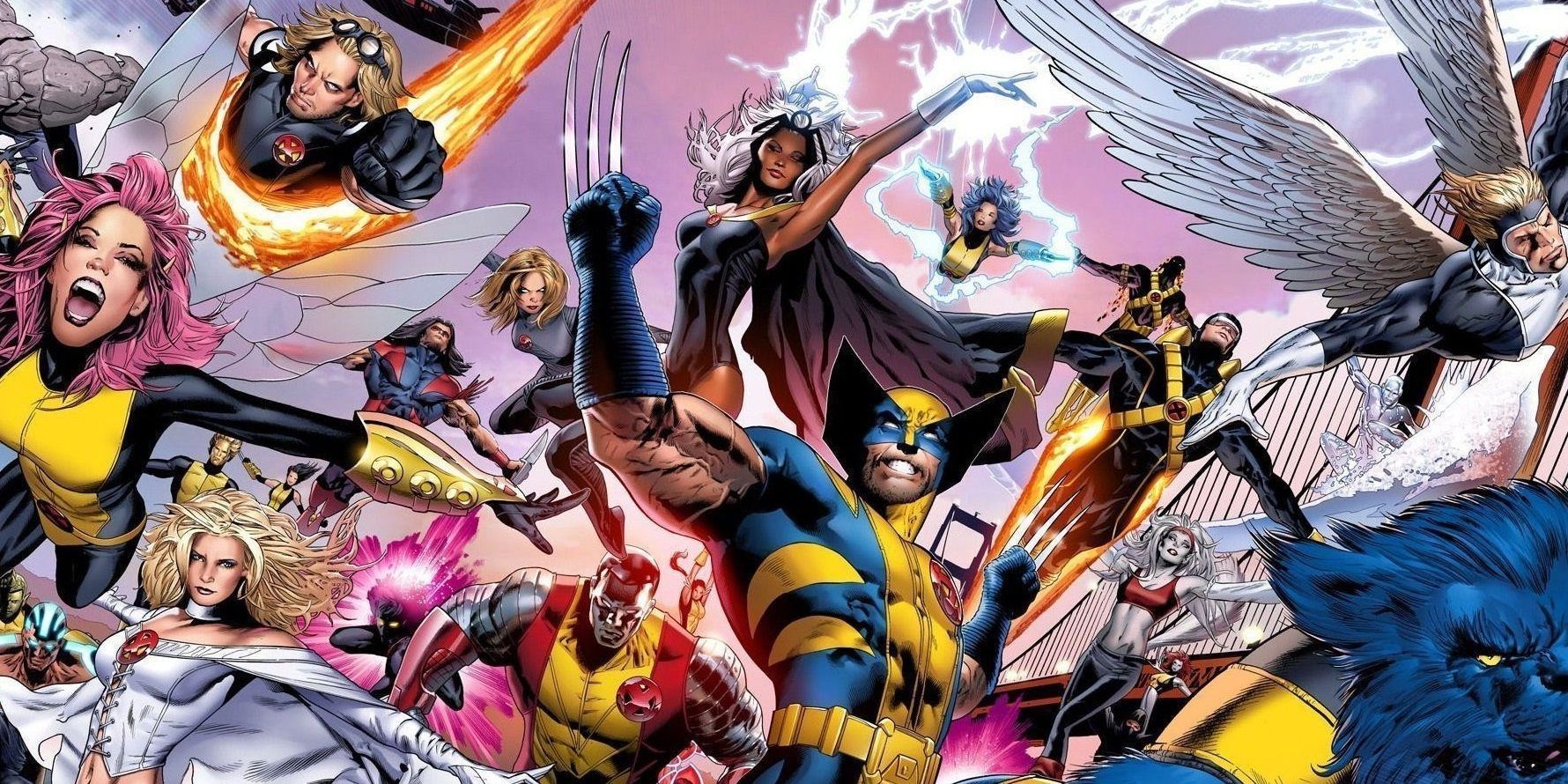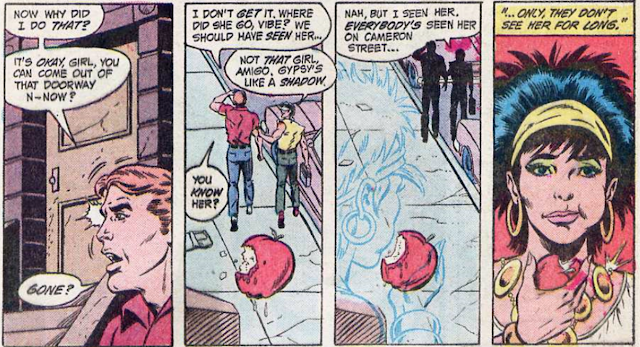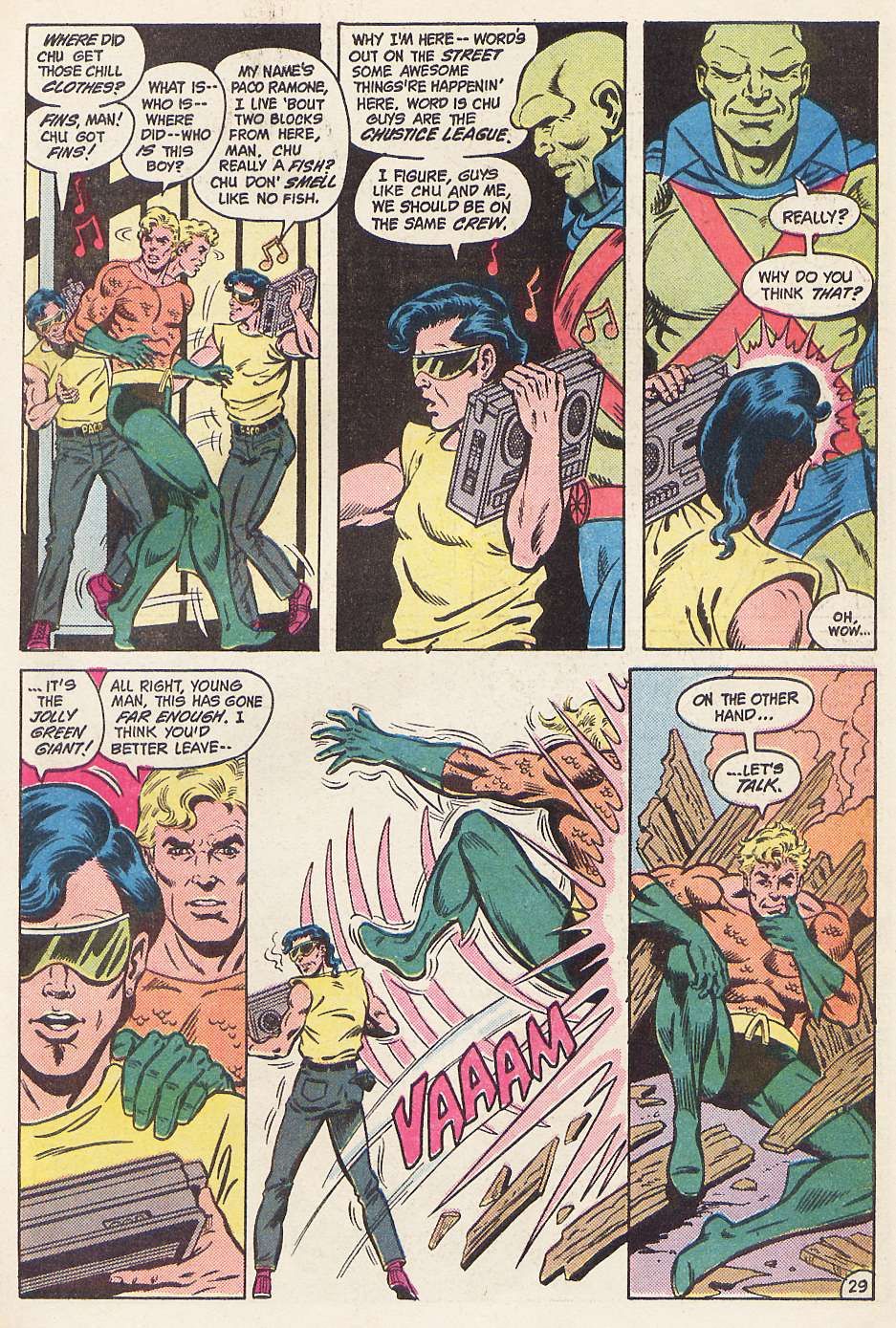
Drawing inspiration from groundbreaking comic books like Marvel’s X-Men, DC Comics set out to create a new set of younger, hipper heroes to appeal to its changing fanbase. Where X-Men comics and their young characters thrived, however, the new Justice League of America suffered a slow death.
In the midst of the tumultuous 1980s, DC Comics was experiencing a problem. The stories and comics that scores of writers and artists had been collectively building on since their creation began to sag and buckle under the enormous weight of their own tangled storylines. The very nature of comic book storytelling—with reboots, rewrites, and retcons, along with multiple coinciding stories—had become too much. DC needed fresh character and a fresh team, one that was separate and not over complicated by previous comics. So, Justice League’s Detroit era was sketched into existence.
The new Justice League would be headed up by the often-dismissed Aquaman, and include characters that were previously considered “B-list”, such as Ralph Dibny aka Elongated Man, Mari McCabe aka Vixen, and Zatanna. Added to the roster were two new characters, specifically made to appeal to younger readers—a breakdancing former gang leader named Paco Ramone, aka Vibe, and young, illusion-casting runaway Cindy Reynolds, aka Gypsy. “Gerry [Conway] strongly felt that a new 'JLA' needed a younger, hipper roster to reflect the times,” stated Chuck Patton, one of the co-creators of the Justice League Detroit team, in a 2018 interview with DC in the 80s. He went on to state that the creative team wanted “to capture the same youthful spirit that made hits of X-Men and Teen Titans.”

The new Justice League was young, multicultural, and firmly rooted in the fears and concerns of the 1980s. Detroit was struggling at the time. When people think of Detroit, they recall images of the 1980s and phrases like "Murder Capital." Economic crashes, closing factories, and the “white flight” of the 1960s and 70s had changed the landscape of the city, leaving it vulnerable to an influx of drug- and gang-related crimes as its impoverished population struggled to get by. Setting the Justice League in the city gave it a sense of immediacy, with the comics capitalizing on the city’s presence in the American psyche.
The Detroit team was not to last, however. The run spanned a little more than two years before the group broke apart following the deaths of several members and DC turned its attention back to the original Justice League. The characters of the Detroit era, while interesting, did not manage to gain the same amount of attention for its youthful characters, or experience the same success as Teen Titans or X-Men. The key to understanding why a comic filled with an interesting, multicultural cast failed to grow lies not with the art, but with the story and writing.

In the same 2018 interview discussing the creation of the new characters, Patton stated that he wanted “whomever [they] came up with to have a strong, urban ethnic, ‘Down to Earth’ feel that would reflect [his] own background.” Writer and co-creator Gerry Conway, however, pulled influence from popular media, including the much derided Breakin’ 2: Electric Boogaloo and West Side Story when writing the new characters. The potential disparity between the two men’s experiences means that Conway’s writing can read as stereotype, with characters like the Latino Paco Ramone written with heavy accents that to modern audiences can seem one-dimensional, at best. “I really really wished we had avoided a lot of the gimmickry or played them a lot less cliched from the jump,” said Patton. “I do share responsibility in my part of that, but I always felt uncomfortable with Vibe’s accent.”
Reducing characters down to parts and mechanisms, and slapping an approximation of a culture on them made for one-dimensional and forgettable characters. Since X-Men’s creation, the comics have used the characters to metaphorically address issues surrounding LGBTQ+ experiences and racism, something which would have made equal sense for the diverse set of characters that made up the Detroit era Justice League. However, where X-Men generally excels at portraying characters and subcultures thoughtfully, characters in Justice League felt like a ticks in a box that counted for a white-washed, 1980s idea of diversity. While X-Men’s mutants had room for growth and the ability to flesh out into real people, Vibe and Gypsy were limited in their potential, filling roles that could be boiled down to one-world descriptions like “ethnic” and “urban.”
The concept for the Justice League's Detroit era was an amazing creation that left a lot of room to build. These days, the characters of Vibe and Gypsy have since grown and been fleshed out into real, interesting characters thanks to new comic book creators and the popularity of television shows like The Flash. The work that can be seen by writers and illustrators in comic books today is one that looks back with both love and a critical eye towards comics of the past and tries to build better characters and tell more diverse stories for a growing comic book audience. The characters, for some, have truly become as popular as Teen Titans and X-Men. It is a shame, however, that these two took so long to grow a fanbase based on reductive characterization, and it leaves many fans to wonder what could have been—if the times had been different, if the creative team had been able to work together, and if Vibe and Gypsy had been given their day in the sun back in 1980s Detroit.
Source: DC in the 80s
from ScreenRant - Feed https://ift.tt/3hZ4NBC
via IFTTT







0 comments:
Post a Comment